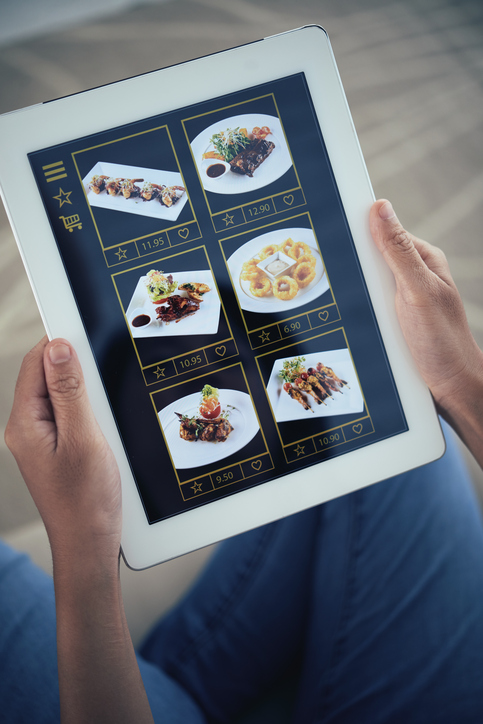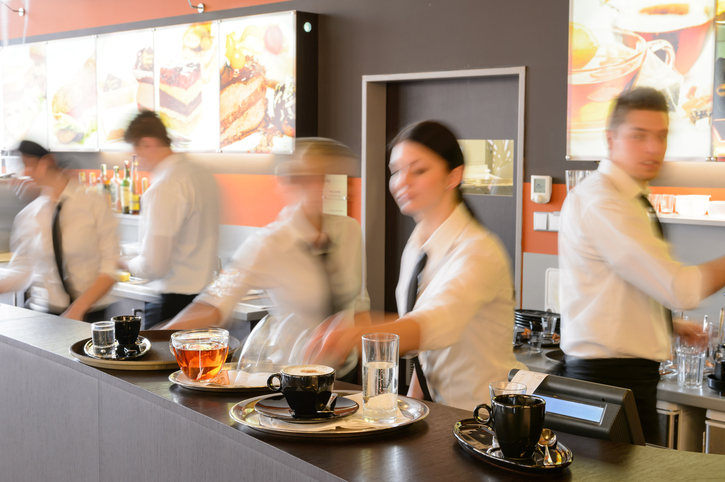Why More Restaurants Are Using Self-Service Tablets
Post Date: 2017-05-12

Imagine this: As guests walk into a restaurant, they wait for the servers to lead them to the table. Once seated, they take a while looking through every page of the menu. Finally, they are ready to order — but then there’s the awkward stare as they try to catch the waiter’s eyes to get him to take their order.
What if restaurants can eliminate all of these and let diners take control of their own orders?
Many local F&B businesses are adopting the use of self-service tablets, allowing customers to place their orders (and update it) as and when they wish to, and only call for assistance when they need it. It’s like having a personal butler.
However, aside from pleasing patrons, businesses can also benefit from the use of such technology themselves. Here are some of the key driving factors behind the use of self-service tablets.
It gives diners more control over their dining experience.
By letting diners key in their orders themselves, the restaurant is able to eradicate human error which happens when waiters have to memorise or manually note down orders. In addition, as everything is uploaded onto an online database, any changes to the order can be updated immediately. Most self-service systems are able to accommodate special requests and substitutions as well.
Perhaps one of the best part of ordering via a self-service system, from the consumer’s perspective, is that they no longer feel the pressure to quickly make a decision to avoid the awkward lingering presence of the wait staff.
Reduced manpower
Over time, more fast food chains are installing the self-service kiosks. Why? Since they longer need as many staff to take orders over the counter, manpower requirements are significantly reduced. This translates to cost savings for the business, and in turn, even the customers (as restaurants do not need to charge as much to cover the manpower cost).

Undoubtedly, it is imperative that businesses ensure that despite having fewer servers, the overall customer experience should not be compromised. As self-service systems help to free servers off certain tasks, they can afford to pay more time and attention to tend to other needs and elements of customer service.
Increased efficiency
Aside from having more control over the way guests place their orders, the increased speed at which their items are delivered to them will enhance their dining experience as a whole. In fact, as everything is sped up, it leads to higher table turnovers, allowing the restaurant to serve more guests in the same amount of time.

All in all, not only does this innovation improve the accuracy of orders, it also increases the speed and efficiency of service, all of which help to shape a better dining experience for patrons. Even though self-service tablets could potentially lead to the lost of the “human touch” to some degree, there are other ways in which it helps to increase customer satisfaction.
Latest Events
More +
-
Building a Better Culture for the F&B Industry – With More than Just Food!
Venue: Hong Kong Convention and Exhibition CentreCity: Hong Kong -
Venue: Queen Sirikit National Convention CentreCity: Thailand
-
The 18th Thailand Retail, Food & Hospitality Service 2024 (TRAFS)
Venue: EH102, BITEC, Bangkok, Thailand, 2024City: Thailand












20240313051424.jpg)

